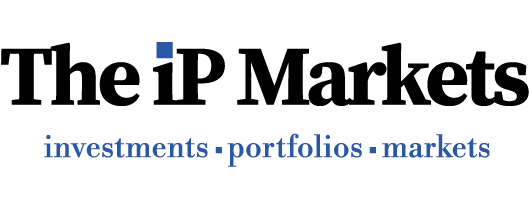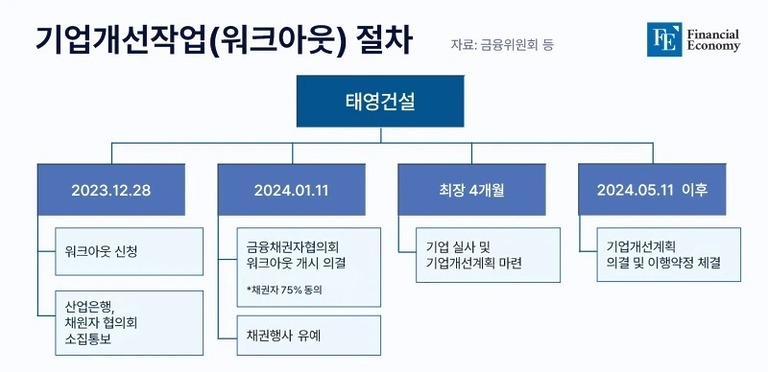US ‘private employment’ was stronger than expected in December, attention paid to ‘CPI announcement’ due to shaky interest rate outlook
Non-agricultural employment increased by ‘12’ in December, exceeding market expectations ‘Bond interest rates’ rebound as weekly new unemployment benefit claims fall below expectations However, the outlook for a ‘base rate cut’ in the second quarter is still favorable

In the United States, the growth in private employment in December was larger than expected, continuing the strong employment market. As employment indicators showed improvement, uncertainty about a base interest rate cut increased, the New York stock market fell and U.S. bond yields rose. In addition, the volatility of the financial market appears to have expanded as some Federal Reserve (Fed) members have added comments suggesting the possibility of additional interest rate hikes. However, as the US inflation rate has recently shown a significant slowdown, there are claims on Wall Street that an interest rate cut will still be implemented in March.
U.S. ADP releases non-farm payrolls report for December
According to the employment report by Automatic Data Processing (ADP), a U.S. employment information company released on the 4th (local time), U.S. non-agricultural private employment in December last year was recorded at 12, significantly exceeding market expectations (11). . This figure exceeds the 1,000 expected by experts compiled by the Wall Street Journal (WSJ). Private sector employment in the United States continued to decrease from 16 in October last year to 4,000 in November, but expanded again in December.
By industry, employment growth in the leisure and hotel industries led the rebound. According to CNBC, 5 jobs were added in hotels and restaurants, recording an annual growth rate of 9,000%. Employment in the construction industry increased by 6.4, other service industries increased by 2, and the financial sector increased by 4,000, while manufacturing and information service industries decreased.
The number of new weekly unemployment claims released on this day also revealed the enthusiasm of the labor market. Last week, the number of new unemployment claims was 21, which was lower than market expectations (6,000), and the number of consecutive unemployment claims was 20 million, which was lower than expected (2,000 million). Nella Richardson, Chief Economist at ADP, said, “The U.S. job market is currently returning to levels consistent with pre-pandemic times,” and “Wages cannot be seen as the main cause of recent inflation, and as wage growth has slowed, future wages and prices are likely to increase significantly.” “The risk of a concurrent increase has decreased,” he analyzed.
Asset market shaken by unexpected employment indicators
After the announcement of this employment report, uncertainty about the base interest rate cut appears to have increased further. The New York stock market was under downward pressure again, and bond interest rates, which had been falling, began to rebound. On the 4th (US Eastern time) at the New York Stock Exchange (NYSE), the S&P 500 index closed at 16.13, down 0.34 points (4,688.68%) from the previous day, and the NASDAQ closed at 81.91, down 0.56 points (14,510.30%) from the previous day. The Philadelphia Semiconductor Index closed at 32.36, down 0.82 points (3,908.85%) from the previous day.
On this day, U.S. Treasury yields also showed an upward curve in the afternoon and ended overall higher. In particular, the 10-year bond closed at 0.08%, up more than 3.99%p from the previous day, and the 2-year and 30-year bond closed at 0.05% and 0.08%, respectively, up 4.383%p and 4.138%p from the previous day.
The fact that some Federal Reserve members have made comments that leave open the possibility of additional interest rate hikes is also pointed out as another cause of the financial market decline. On this day, Richmond Federal Reserve Bank President Thomas Barkin said, “The economy is still sound and we are making real progress in slowing inflation,” but pointed out, “The possibility of further interest rate hikes is still on the table of Federal Reserve members, and a decision on the March benchmark interest rate is still far in the future.” did. In addition, contrary to market expectations, there was no mention of a specific timing of the base interest rate cut in the minutes of the Federal Open Market Committee (FOMC) held in December of last year, which were previously released by the Federal Reserve on this day, which is also considered a factor in increasing asset market volatility.

Nevertheless, the ‘March interest rate cut theory’ is still valid
However, the outlook that the Federal Reserve will cut the benchmark interest rate starting in the second quarter is still strong. In particular, financial institutions on Wall Street, including Goldman Sachs and Morgan Stanley, are calling for an interest rate cut in March, diagnosing that “the Federal Reserve currently judges the current intensity of tightening to be appropriate.”
The main basis for optimism is the US inflation rate, which is expected to slow. As the Federal Reserve raised the top interest rate from 2022% in early 0.25 to 7% in July of last year, the consumer price index (CPI) growth rate has recently fallen from 5.5% at its peak to the low 9.1% range. If the inflation rate continues similar to that of October and November of last year, it is very likely that the CPI will reach the 3% range targeted by the Federal Reserve by the second quarter of this year.
Real interest rates, which are expected to rise rapidly as prices fall, are also mentioned as a factor that will accelerate the Fed’s monetary policy shift. This is because there is no need for the Federal Reserve to maintain high real interest rates if prices are stabilized in a situation where the economy is already in a downward phase. An official from the domestic financial investment industry said, “Based on the current nominal base interest rate in the United States of 5.5%, the real base interest rate is calculated as 2.4%.” “If you calculate this year’s real interest rate based on the inflation rate in October and November of last year, it was 10% in March. “It could soar to 11% in June,” he analyzed.









 네이버계정으로 로그인하기
네이버계정으로 로그인하기
 카카오톡 계정으로 로그인하기
카카오톡 계정으로 로그인하기
